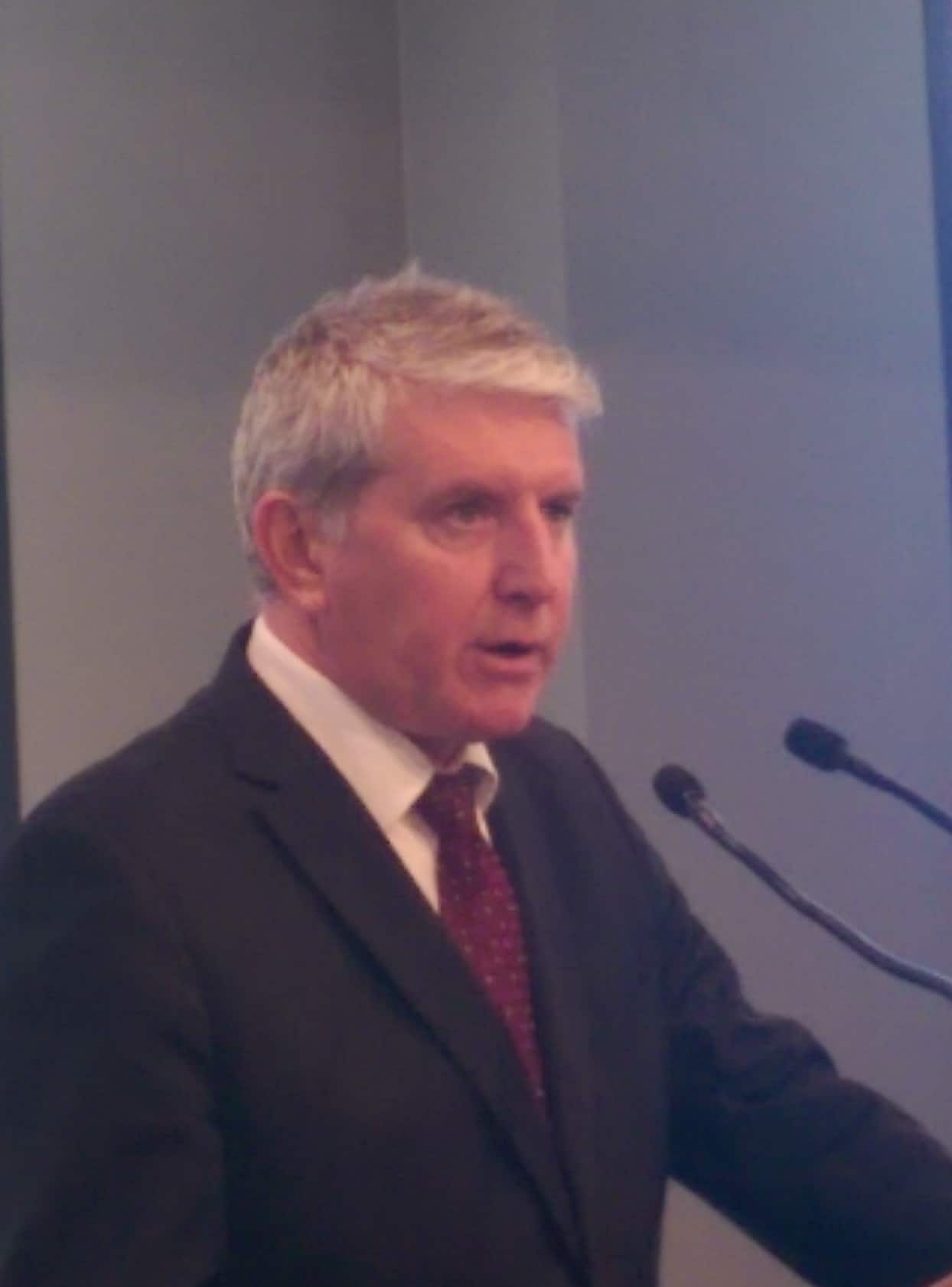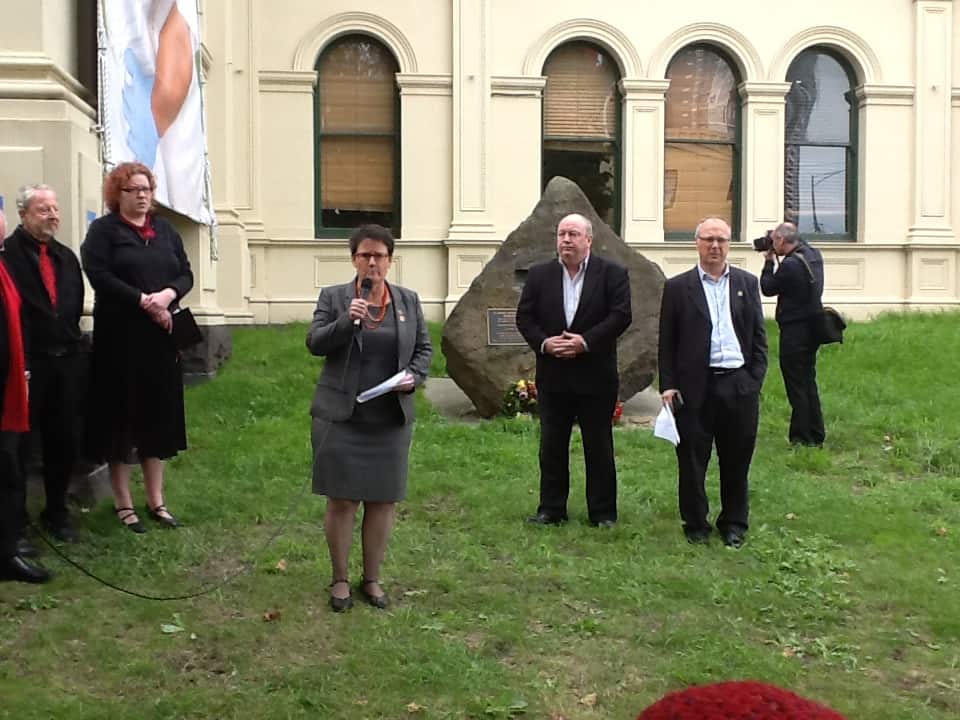On 25 November 2014 the Federal Minister for Employment, Eric Abetz, attacked the Victorian Labor Party over its pledge to revoke the Construction Compliance Code which, primarily, deals with industrial relations but also has some occupational health and safety (OHS) requirements.
Abetz states that
“the Victorian Shadow Industrial Relations Minister [Natalie Hutchins] falsely claimed that the Code would not improve workplace safety, despite the numerous improved safety standards that it contains.”
The claim, apparently in the Herald-Sun newspaper, cannot be verified except through a reference in a news.com.au article. The original quote seems unavailable.
It is curious that this OHS criticism has come from a Federal Parliamentarian instead of from Victoria’s own Industrial Relations Minister and Attorney-General,

 As part of Safe Work Australia month, or perhaps coincidentally, the Australian Council of Trade Unions held its annual
As part of Safe Work Australia month, or perhaps coincidentally, the Australian Council of Trade Unions held its annual  A short time ago the International Workers Memorial Day commemoration in Melbourne, Victoria, concluded. The ceremony was less sombre than in previous years with, it seemed, fewer families and relatives of deceased workers. Certainly there was no speech from a family member, nothing from workplace safety advocates other than the three trade union speakers,
A short time ago the International Workers Memorial Day commemoration in Melbourne, Victoria, concluded. The ceremony was less sombre than in previous years with, it seemed, fewer families and relatives of deceased workers. Certainly there was no speech from a family member, nothing from workplace safety advocates other than the three trade union speakers,